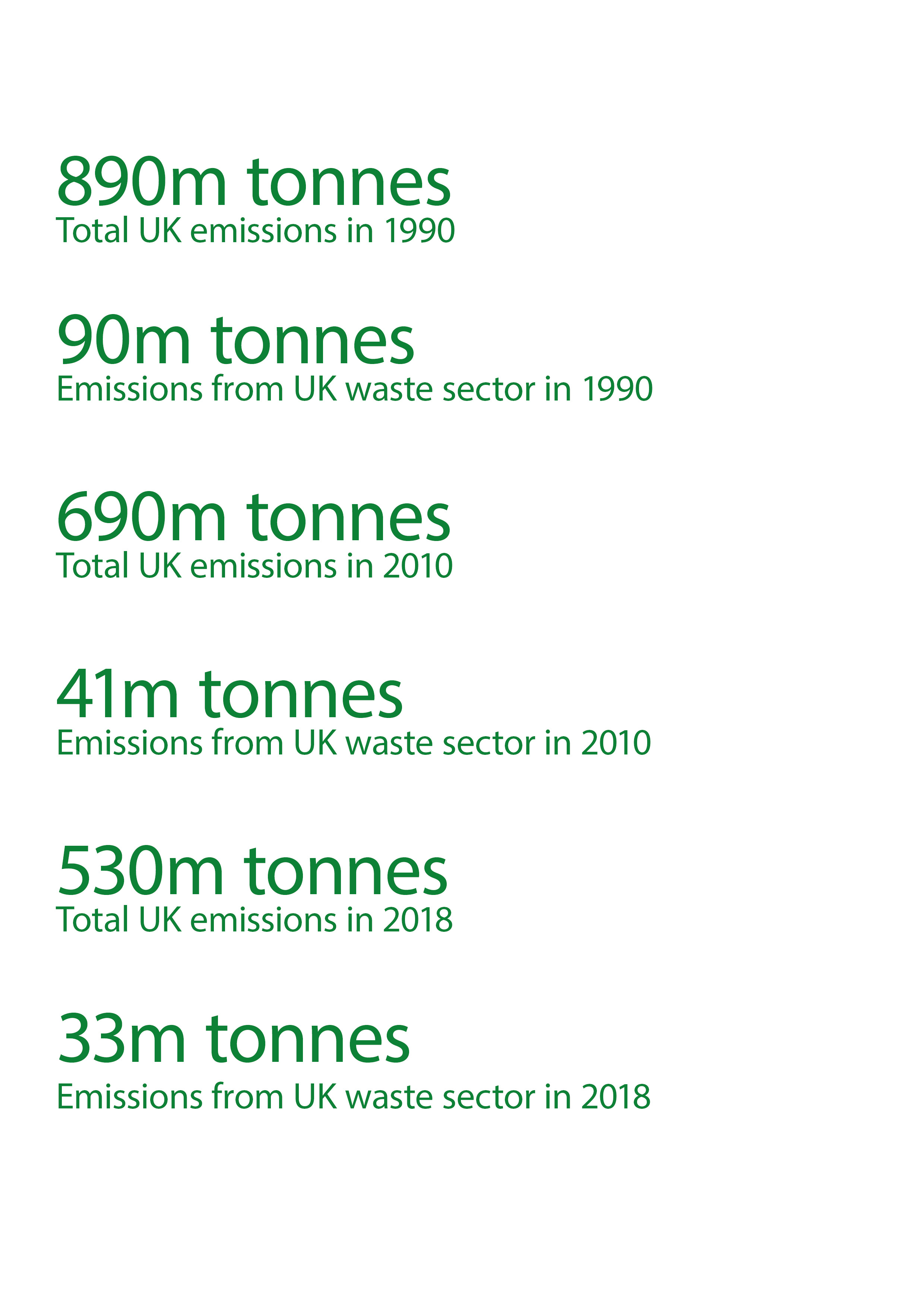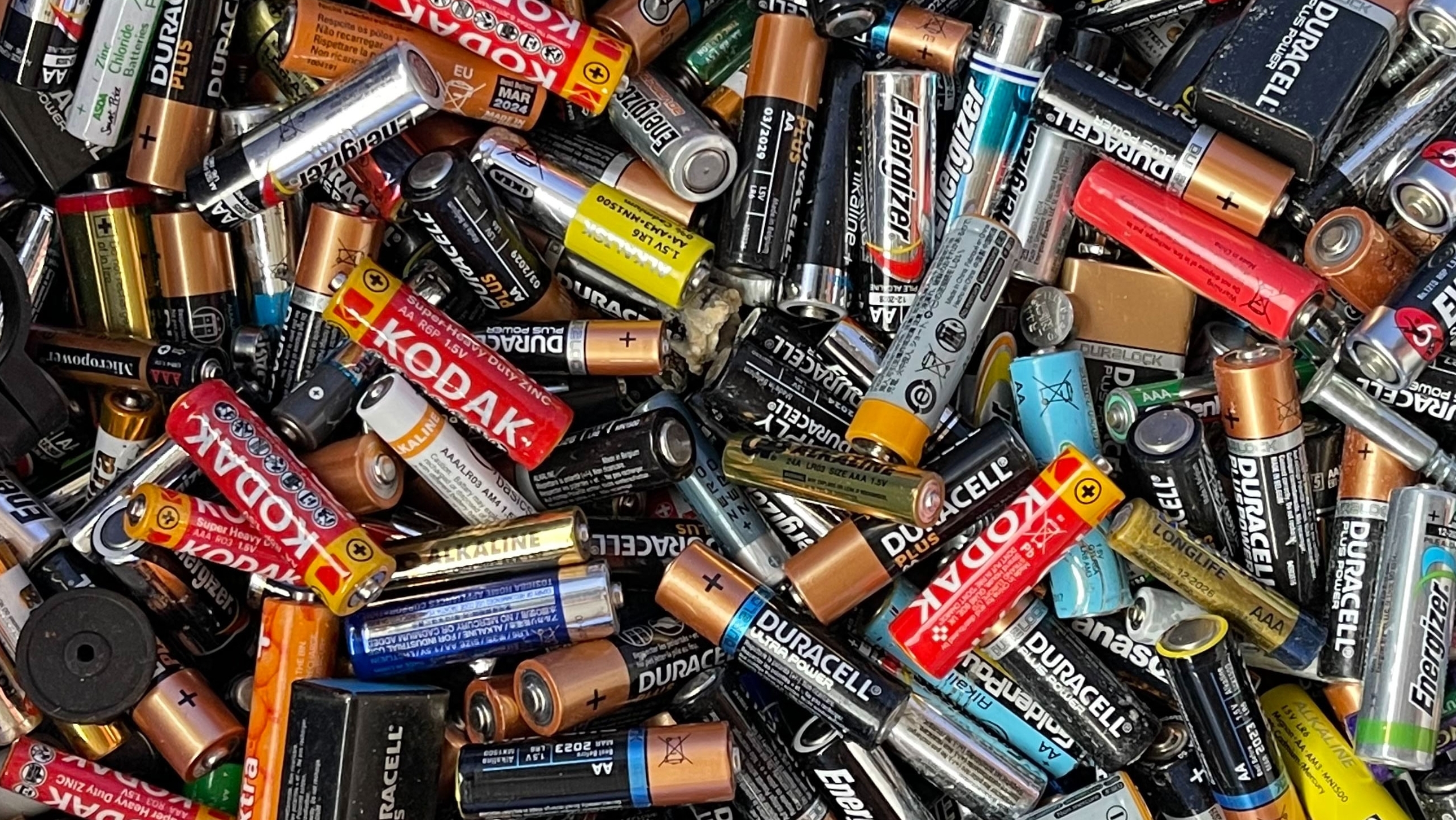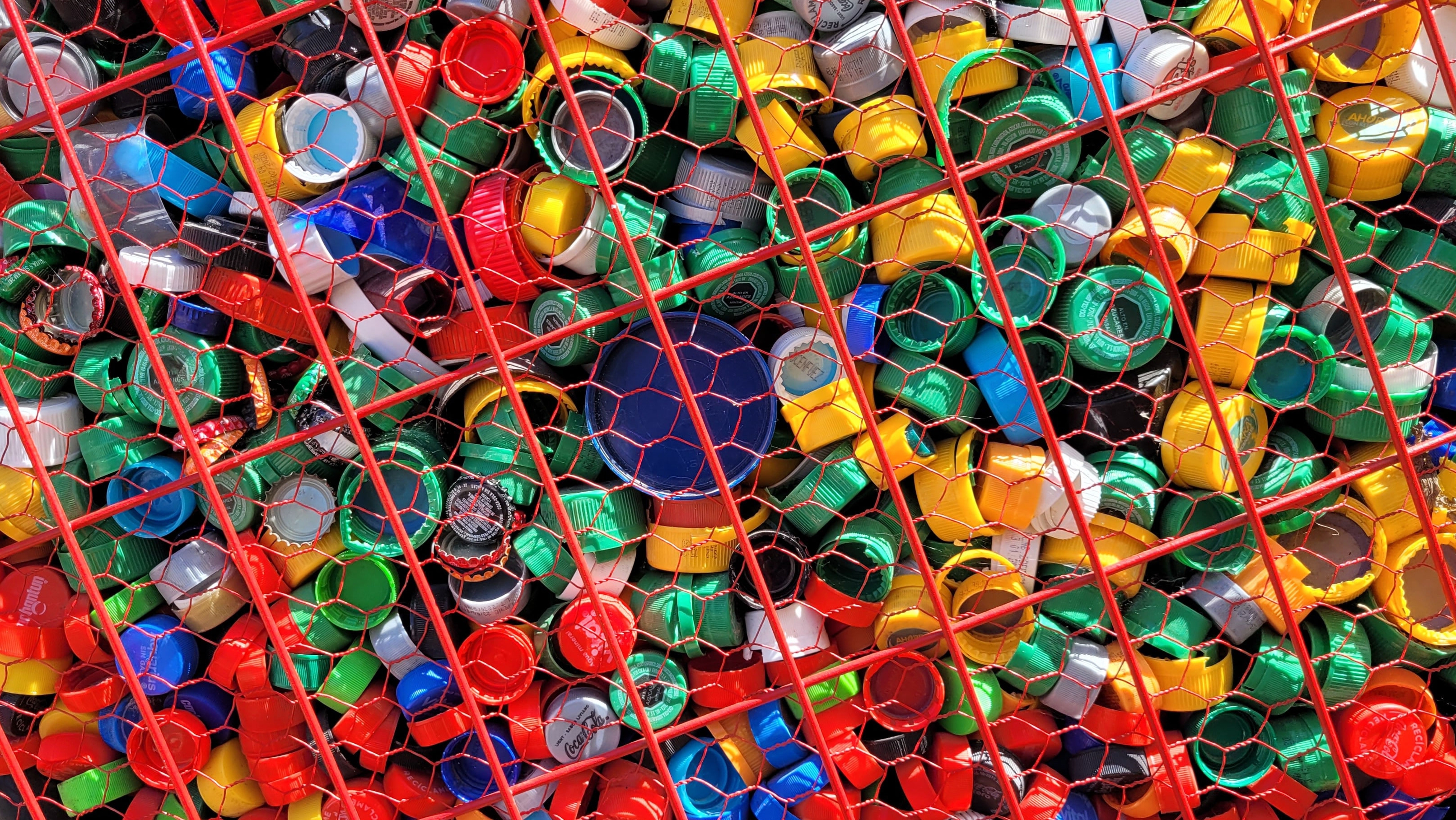
Municipal solid waste management is an essential service – and one we take for granted in the global north unless there is a disruption to regular collections.
Such universal collection dates back to the 19th century in the global north. Since the 1970s, we have also been upgrading standards for disposal and incineration.
Much progress has been made since the 1990s in:
-
diverting waste from landfill
-
increasing recycling rates
-
preventing waste.
However, at least a third of the world's population has no waste collection service, and people have to manage their own solid waste. They do so by open burning, or by dumping on land, into water, or at a communal site.
Even when waste is collected, it often goes to an uncontrolled municipal site. Many of these are continuously on fire, because once started, either accidentally or by pickers trying to recover more metals from the ashes, the fire can continue underground and be difficult to extinguish.
Waste management can help combat climate change
The management of waste and resources can contribute to combatting climate change in at least four ways.
Direct emissions
-
Reduction in methane. Waste is an important source of methane through the decomposition of organic materials in controlled or uncontrolled landfill sites.
-
Reduction in black carbon, also generated by the open burning of waste.
Both methane and black carbon are among the so-called short-lived climate forcers. They have much greater global heating potential than carbon dioxide, although they decay more quickly in the atmosphere. This means that any reduction in those emissions will do more to mitigate climate change in the short term than comparable reductions in carbon dioxide.
Indirect savings
-
Recycling and energy recovery. Using recycled materials as secondary raw materials to displace virgin materials in industrial production significantly reduces carbon (and equivalent) emissions – for example by more than 90% for aluminium or more than 70% for plastics. Energy recovery from waste also provides potential carbon savings in energy generation, the amount depending on the fuels that are displaced.
-
Preventing waste avoids the carbon emissions associated with producing and distributing the product that had become waste.
When accounting for carbon (and equivalent) emissions, the Intergovernmental Panel on Climate Change (IPCC) uses a simplified linear economy model to avoid double counting. Waste management is defined as the sector of the economy that disposes of wastes from up-stream sectors including agriculture, energy, industry and residential and commercial. Arguably, this was a reasonable representation of waste management in IPCC's baseline year of 1990. But this narrow definition excludes recycling and waste prevention, both essential elements of modern waste and resource management as the linear economy evolves towards a more circular economy, and where the resulting carbon savings accrue to other sectors of the economy.
The IPCC's Fifth Assessment Report (AR5) attributed just 3–5% of global greenhouse gas (GHG) emissions, in terms of carbon dioxide equivalent (CO₂e), to the waste sector in 2010. This focuses entirely on the direct emissions, with more than 90% coming from methane, listed above. But even there the estimate is low. In the global north, the collection and control of methane emissions from landfill dates back to the 1970s, well before the 1990 baseline date used for carbon accounting. Also, the carbon equivalence factor for methane used in AR5 and in all the other data reported below was 28; the 2021 AR6 report reassessed this to take into account aerosol–cloud interactions and recommended use of the higher factor of 80, which would increase earlier estimates of the contribution of methane as a percentage of global emissions by a factor of more than two.
GHG share from UK waste keeps falling
Taking figures for the UK as an example, the waste sector accounted for 90m tonnes CO₂e in 1990, from a UK total of 890m tonnes. By 2010, this had fallen to 41m tonnes from the waste sector, out of a UK total of 690m tonnes; and by 2018 to 33m tonnes out of a total of 530m tonnes.
By 2010, the waste sector's emissions had dropped by 55% from the 1990 baseline. The sector's contribution to the total UK emissions had declined from 10% to 6%, and the sector had made around 25% of the UK's total emissions cuts over 20 years.
These impressive levels of carbon mitigation between 1990 and 2010 were achieved both by further methane control and by diverting waste from landfill, with dry materials recycled, organics diverted to anaerobic digestion and composting, and food waste cut, for instance through WRAP's Love Food Hate Waste campaign.
But the carbon benefits of recycling and waste prevention go way beyond reducing direct methane emissions from the sector. Again, using the UK as an example, a recent industry report suggests that sorting and recycling alone helped avoid 45m tonnes CO₂e of emissions in 2018. A WRAP report shows that food waste alone accounts for 36m tonnes. Recycling instead of producing virgin material and reducing food waste each avoided more than the 33m tonnes CO₂e that the IPCC-defined waste sector emitted in 2018.

Controlling waste in lower-income countries
In the global south, bringing waste under control is a major public health priority. The aim is to increase the proportion of municipal solid waste collected to 100% and to phase out uncontrolled disposal and open burning (SDG indicator 11.6.1). Both local and global environmental benefits could be huge. One estimate is that the plastic reaching the oceans each year could be reduced by at least 50% if this target is achieved.
The global climate benefits are also significant, although reported GHG emissions could potentially increase in the short term. This is because waste data is traditionally poor, and as management improves so will measurement, thus increasing the reported figures. Furthermore, as waste is controlled, the potential for methane emissions from anaerobic decomposition in landfill will increase.
One result is that in many low- and middle-income countries (LMICS), the waste sector as defined by IPCC could easily exceed the 1990 UK contribution of 10% to total emissions (even before allowing for the AR6 increase in the methane equivalence factor).
Another is that as waste generation rates per capita continue to increase in LMICS, and stabilise or decline in their high-income counterparts, the IPCC's measured global contribution from the waste sector in the former countries would increase over time if there were no mitigation. All this still neglects black carbon emissions from the open burning of waste. A lack of data kept this out of any quantitative assessment by the IPCC up to AR5 in 2013.
But research since then by Natalia Reyna, a student at Imperial College London, estimated that black carbon emissions from open burning of waste could contribute between 2% and 10% of global CO₂e emissions. The range reflects the then current best estimate of the carbon equivalence factor for black carbon of 2,000-5,000. The IPCC's recent AR6 reduced the recommended factor significantly, so an updated estimate might be 1-3%.
AR6 does at least now include this as a source. However, its estimate that 9% of global black carbon emissions come from open burning of waste falls just below the 10% threshold above which waste management would have made it into the high-level reports as a significant source of GHGs.



Potential carbon savings from waste and resource management
When I started working as an international waste management consultant in the 1970s, the sector had the narrow, end-of-the-linear-economy focus of the accounting conventions subsequently adopted by the IPCC. But over the past 25 years, the sector has worked hard, first to take a broader perspective on waste and resource management, and now to move towards a circular economy.
As a member and past president of UK professional body the Chartered Institution of Wastes Management (CIWM), I am no longer a chartered waste manager but rather a chartered resource and waste manager. Our new purpose as an institution is 'to move the world beyond waste'. But the perception among the climate community, policy- and decision-makers is still based on the official IPCC numbers, which show that the narrowly defined waste sector was a relatively small contributor to global GHG emissions in 2010, and thus not a priority for investment in mitigation.
This perception is wrong. We need to find ways to convey the bigger picture – that the emissions from the waste and resource management sector itself are far outweighed by its potential for enabling much larger savings across multiple sectors of the economy. These can be achieved both by recycling and recovery of waste, and by waste prevention.
How big could that contribution be? Given the notoriously poor data on waste and resource management, the best we can give is a rough figure.
Conservative estimates would give a range of 5–10% or more for each of the following:
-
direct emissions of methane from landfill and of black carbon from open burning
-
indirect savings from recycling and energy recovery in other sectors
-
indirect savings from waste prevention.
Totalling the three segments adds further to the uncertainty, but whether the result is 15%, 20% or even higher is immaterial. We are confident that the overall contribution is significant, and needs to be recognised and integrated into the Nationally Determined Contributions under the Paris Agreement to have a chance of meeting its goal to limit global heating to 1.5°C or 2°C.
So we need to put better waste and resource management firmly on the agenda at the forthcoming COP27 – and beyond.
Prof. David C. Wilson is an independent consultant and visiting professor in waste and resource management, Imperial College London
Contact David: Email | Website
A version of this article first appeared on WasteAid's website
Related competencies include: Sustainability, Waste management
Best practice for landlords and tenants
RICS has published an Insight paper that provides an overview of the strategic framework adopted by Network Rail for the leasing and management of its waste-related sites.
Given the growing demand for sites suitable for waste-related activity, by publishing this paper, RICS provides some key learnings for professionals advising landlords and tenants of such sites and provides an insight into how best to minimise risk for all concerned.
